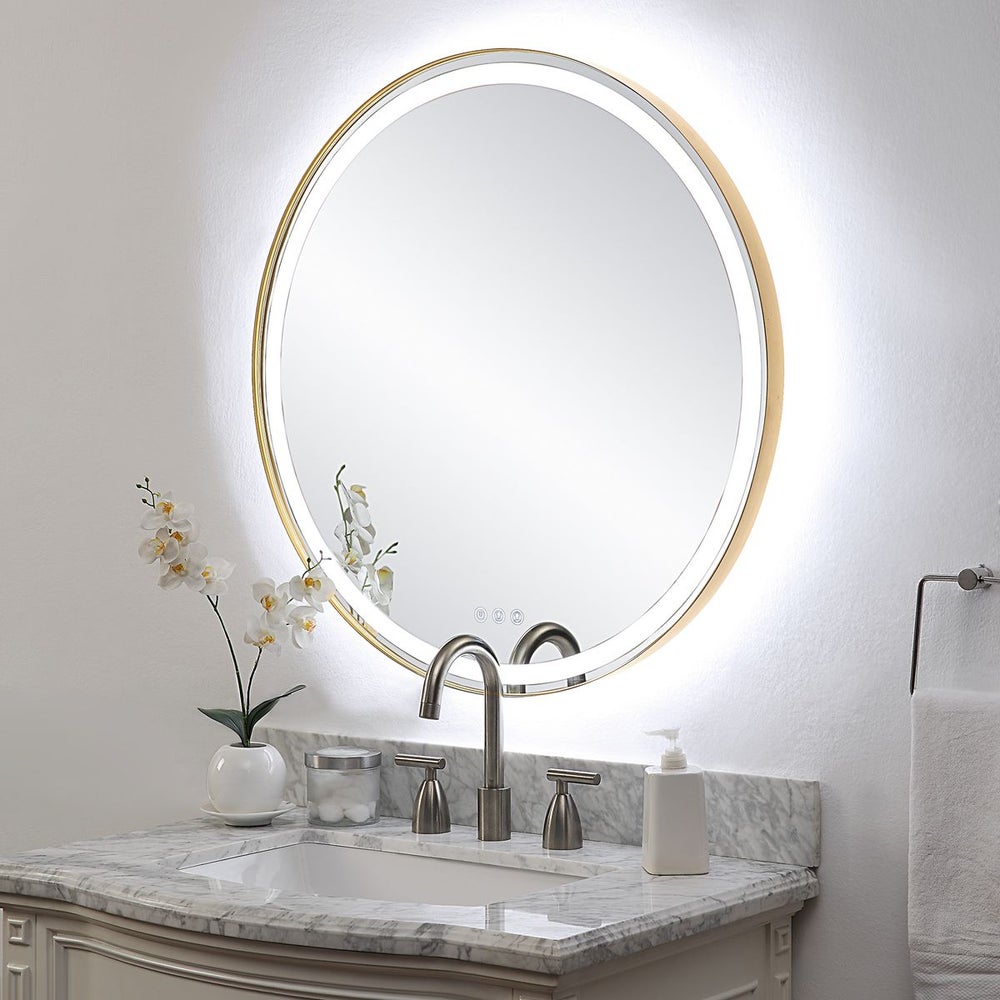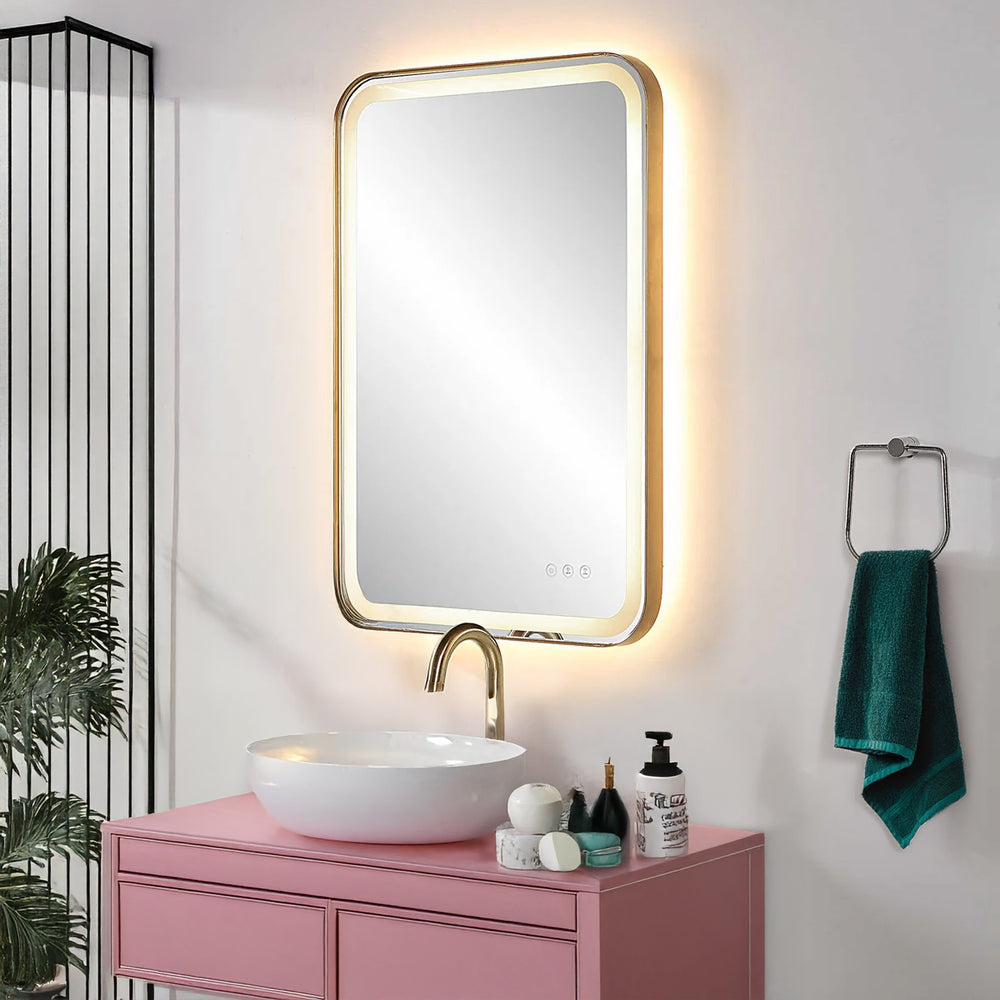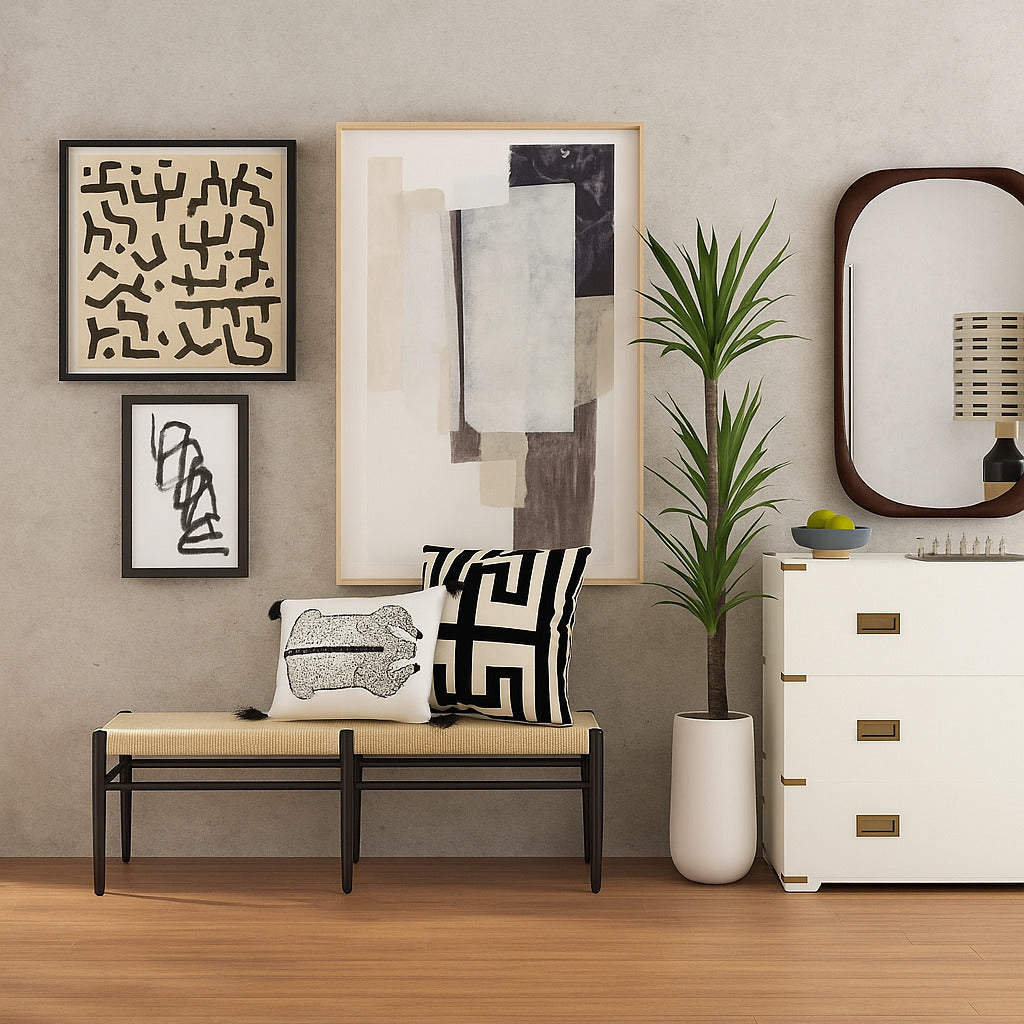Lighting temperature matters more than you think
Color temperature affects everything from mood to functionality. Warm white (2700K–3000K) gives a cozy glow that’s perfect for winding down in bedrooms or relaxing in living rooms. Neutral white (3500K–4100K) works well in kitchens or workspaces where clarity is important. Cool white (5000K+) mimics daylight and suits garages or utility zones best, but can feel too harsh indoors.
Start with a room-by-room lighting plan
The right bulb changes how a space feels. For bedrooms, go for 2700K with 450–800 lumens to ease into sleep. Nurseries need soft, low light—dimmable if possible. Kitchens benefit from neutral 3500K light with bright task lighting near prep areas. Bathrooms do best with daylight-matching 4000K near mirrors and softened overheads. For living rooms, layer warm lights rather than relying on one strong source.
Understand brightness by the numbers
Brightness is measured in lumens. 450 lumens suits a small lamp. 800 lumens works for most general lighting. 1600+ lumens helps with large spaces or task-specific areas. Just remember: more lumens equals more brightness—not more power use. That’s what watts measure.
The foolproof bulb for everyday use
If you’re not sure where to start, opt for a 2700K soft white bulb. It’s versatile, warm, and flattering in most rooms. One reliable pick? Philips Ultra Definition 800-lumen bulbs with a dimmable warm glow effect. They strike a nice balance between brightness and comfort.
What designers mean by layering light
Instead of one overhead bulb, use multiple light sources in a room. A combination of table lamps, floor lamps, and sconces gives depth, ambiance, and flexibility. Especially in living rooms, this layered approach avoids harsh glare and creates a calm, inviting atmosphere.
Use color temperature as a design tool
2700K is your go-to for a restful feel. 3500K–4000K keeps things neutral and clear. 5000K+ is best reserved for areas where visibility is everything, not where you relax. Getting this mix right can mean the difference between a cozy home and a space that feels like a doctor’s office.
Avoid these common lighting mistakes
Don’t use bright, cool light in rooms meant for rest. Don’t rely on one overhead fixture for everything. And don’t ignore lumen counts—bulbs that are too dim or too bright can change the whole vibe of a room. Light with intention, and your home will feel more like you.
Recommended next steps to take it even further
Swap out a too-harsh bulb in one room for a 2700K soft white and see the change for yourself. Then layer in a second light source to warm things up. Check out the Philips Ultra Definition LED bulbs mentioned above for a great starting point—they’re linked in Tulip’s bio or easily found online.




